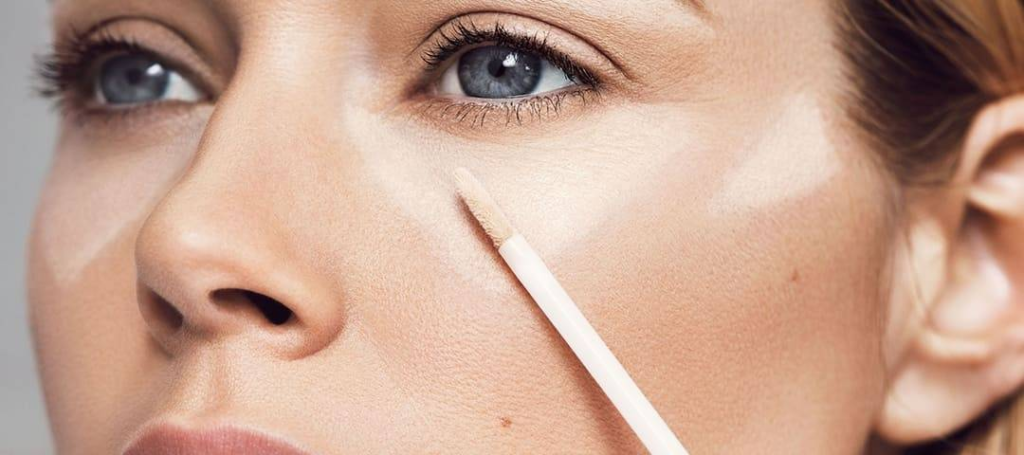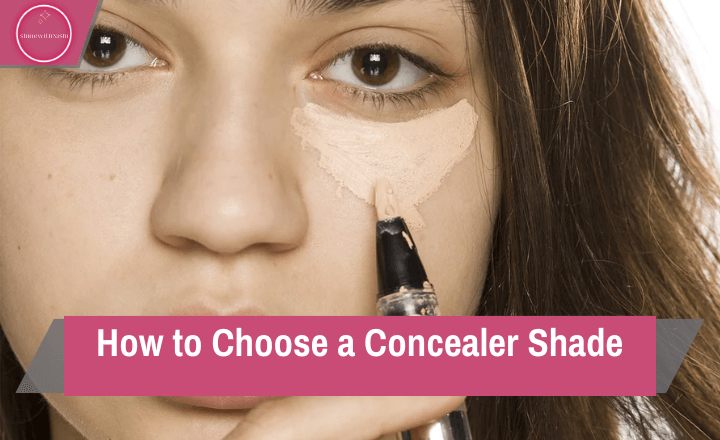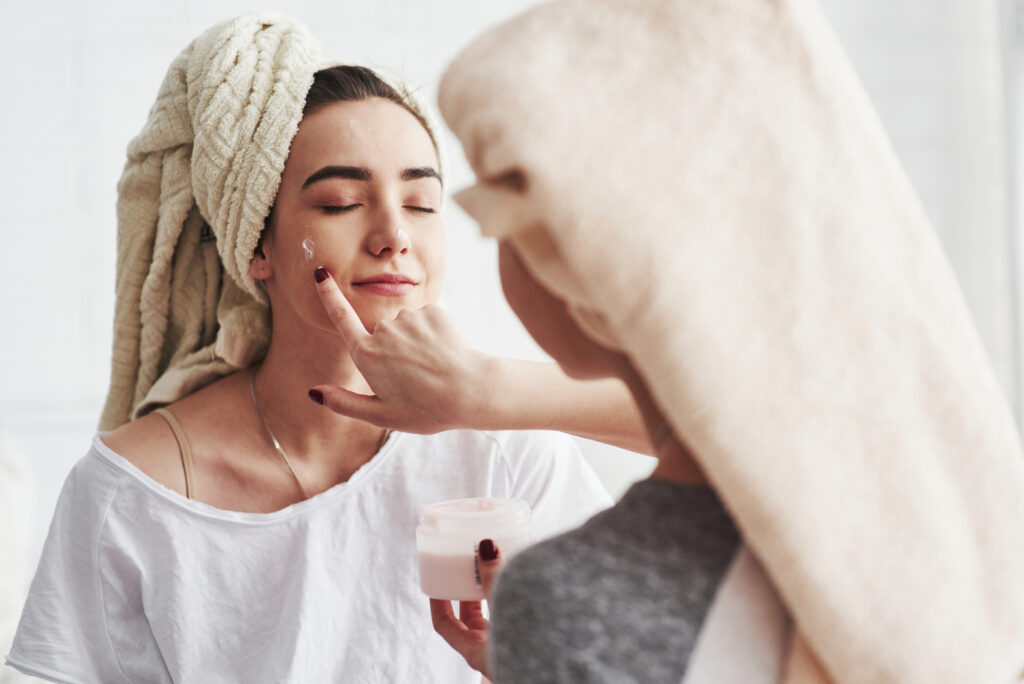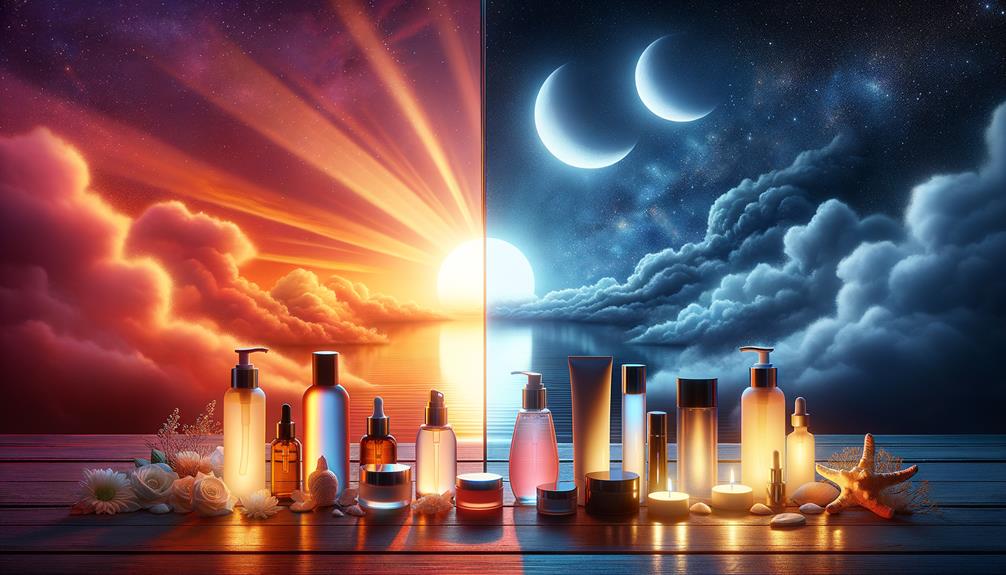How to Choose Concealer Shade Choosing the perfect concealer shade can be a daunting task. With various undertones, coverage options, and many hues, finding the right match for your skin tone can feel like an overwhelming challenge.
In this comprehensive guide on selecting a concealer shade for your skin tone, we will delve into the intricacies of undertones, discuss the importance of matching your concealer to your skin tone, and provide practical tips to help you navigate the bewildering world of concealers.
Table of Contents
ToggleHow Do I Know My Concealer Shade?
When deciding a concealer shade, it’s essential to consider your skin tone and the specific areas you want to conceal. Start by identifying your undertone, which can be warm, cool, or neutral. This will help you determine whether you should decide a concealer with a yellow or pink undertone to match your skin tone.
Next, test the concealer shades on your jawline or the back of your hand in natural light to see which blends seamlessly with your skin. If you want to cover dark circles under your eyes, select a shade one or two shades lighter than your foundation for a brightening effect. Opt for a concealer that matches your foundation precisely to ensure seamless coverage for blemishes and discoloration.
Remember that it’s always best to try different shades before making a final decision, as lighting and personal preference can play a significant role in finding the perfect match for your skin.
How Do I Choose the Correct Concealer?
When selecting the correct concealer, it’s essential to consider your skin type and the specific concerns you want to address. If you have oily skin, look for oil-free or matte concealers to prevent excess shine. For dry skin, opt for creamy or hydrating formulas to avoid emphasizing dry patches.
Regarding shade selection, select a concealer that matches your skin tone as closely as possible for blemish coverage. For under-eye concealing, go one shade lighter than your natural skin tone to brighten and counteract dark circles. Consider the undertone of the concealer — whether it’s warm, cool, or neutral—to ensure it complements your complexion.
Experimenting with different textures and shades will help you find the right concealer. Feel free to seek guidance from beauty professionals at makeup counters or stores if you need clarification on which product suits you best.
12 Makeup Skin Care Hybrid Products With Major Benefits for Your Complexion
Match Your Foundation

Choosing the right foundation shade can improve your overall makeup look. When matching your foundation, consider your face, neck, and chest to ensure a seamless blend. Many mistakenly select a foundation that is too light or dark for their undertone, resulting in an unnatural finish. Undertones are vital in determining which foundation shade will complement your natural color, so identifying whether you have warm, cool, or neutral undertones is essential.
Use Natural Lighting
Natural light is excellent for taking good photos and applying makeup. It gives even light and shows true colors and skin tone. When picking a concealer, use natural light to find the right color for your skin. Natural light shows your skin’s authentic colors and helps you see imperfections. It also lets you see how well the concealer blends with your skin.
Artificial light can make shadows and highlights that don’t show the authentic look of the concealer. You are standing in natural light or near a window while doing your makeup. This will help you see if the concealer matches your skin tone. Natural light can improve your makeup and make you confident about choosing the right concealer shade.
Customize It by the Area
Consider the varying tones and undertones of different parts of your face; for example, if you have dark under-eye circles, selecting a concealer that matches your under-eye area specifically can provide more effective coverage. Not all areas of your face are the same color, so a tailored approach to concealer application allows you to address each concern precisely.
By customizing your concealer application based on specific areas of your face, you can achieve a more natural and seamless look. For instance, using a lighter shade in the inner corners of your eyes can brighten this area and create an overall lifted appearance. Matching concealer to individual blemishes or discoloration spots ensures targeted coverage without overloading other sites that may require less product.
Let the Color Wheel Be Your Guide
Knowing the color wheel helps you pick the right concealer for your skin. It enables you to find colors that can hide imperfections. For example, if you have dark circles under your eyes, using a concealer with a peachy or orange tint can cover the blue and make your skin look more even. Also, green-tinted concealers can hide redness because green is opposite to red on the color wheel.
You can use the color wheel to pick the right concealer for your skin issues and get a smooth finish. Different brands offer many shades, so you can try different ones and make your makeup fit your skin. This will make you look better and feel more confident, knowing that your concealer matches your skin and makes you look radiant without much effort.
Should Concealer Be Lighter Or Darker Than Foundation?
Concealer should generally be one to two shades lighter than your foundation. This helps to brighten and highlight the areas you want to conceal, such as under-eye circles or blemishes. Using a more lightweight concealer can also create a more natural and seamless transition between the covered areas and the rest of your face.
Conclusion
How to Choose Concealer Shade? Concealer shade for your skin tone is essential for achieving a flawless makeup look. By understanding your undertone and selecting a shade that closely matches it, you can effectively conceal blemishes and discoloration while maintaining a natural finish. It’s essential to test the concealer in natural light and consider factors such as coverage level and formula to ensure the best match for your skin.
Remember that experimentation may be necessary to find the perfect shade, so don’t be afraid to try different options. With these tips, you can confidently select the ideal concealer shade that complements your complexion and enhances your overall appearance.
FAQs
What is the purpose of concealer?
The purpose of concealer is to help hide imperfections on the skin, such as dark circles, blemishes, and discoloration. It is a cosmetic product that provides extra coverage where a foundation may not be enough. Concealer can also highlight and contour specific face areas, creating a more balanced and even complexion.
Is it necessary to set my concealer with powder after application?
Setting your concealer with powder after application is unnecessary, but it can help increase the product’s longevity and prevent creasing. Powder helps lock in the concealer, providing a smooth, matte finish that lasts throughout the day.
Are there any additional benefits to using color-correcting concealers?
Yes, there are several additional benefits to using color-correcting concealers. These concealers target and neutralize skin concerns such as redness, dark circles, or discoloration. Using the appropriate color-correcting concealer, you can effectively camouflage these imperfections and achieve a more even skin tone.







